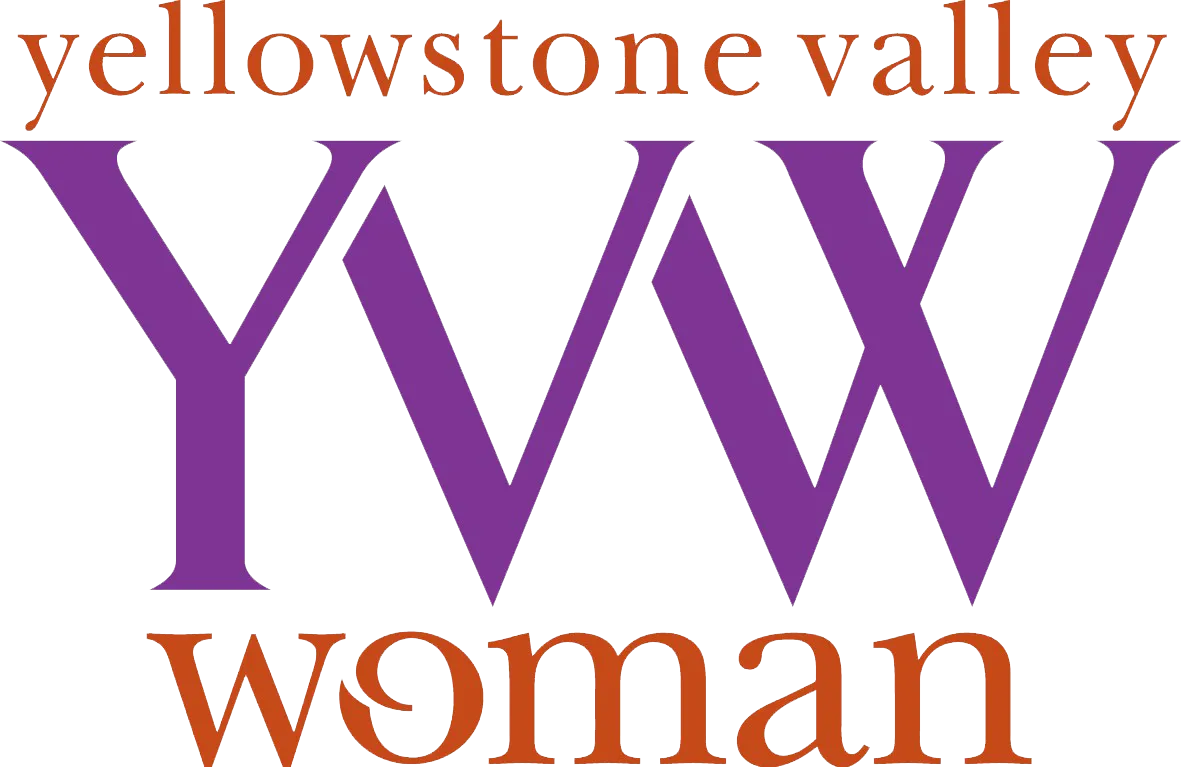
Flavors of the Land
Prairie Heritage Farm honors time tested grains
Most farmers rely on equipment like the drill seeder when they plant their grain fields, but Jacob and Courtney Cowgill of Prairie Heritage Farm in Power began their operation one seed at a time trialing over 200 varieties of ancient and heritage grains.
Sometimes Jacob only had 30 seeds of a particular variety to plant, but his goal was to see how these ancient grains fared in their central Montana climate. While this rudimentary planting method may seem archaic in the realm of technology, it was the beginning of the evolution of their family farm.
There is nothing new and nothing wrong about selective breeding. That’s how we develop new, and sometimes better varieties. After WWII grain production significantly changed throughout the world. Instead of the often gangly, erratic growing wheat, breeders developed more uniform varieties that produced impressive amounts of grain. As a result, many of the older varieties faded into agricultural history. But because of their unique background, flavor, and often valuable nutritional qualities, these ancient grains are being rediscovered.
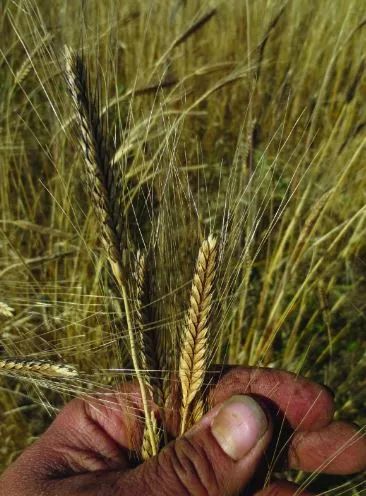
Although there is no hard definition of the term, ancient grains are generally recognized as those varieties that can be traced back to the earliest period of cultivation, while heirloom varieties are those grown prior to the mid-20th century. These are often very regional selections that bring a unique flavor to the foods due to varying provincial characteristics.
While not a conventional reason to delve into grain production, the Cowgills decided retaining these varieties was important.
“The 200 were whittled down to 30,” says Cowgill, who then narrowed the 30 to 8 based upon how each variety thrived. They now focus on just the Rusak and Ethiopian blue-tinge wheats. He continues to raise them to grow enough to harvest and eat, as well as ultimately offering these unique varieties to the farm’s customers.
Cowgill says, the blue-tinged wheat is a spring wheat. “Its hull and beard are bluish. I don’t know what they’re like in the kitchen, yet.”
The Rusak, a Persian wheat, was collected by the Russian botanist Nikolai Vavilov in the early 1900s from the former Soviet Republic of Georgia. Jacob says Vavilov is renowned for his work on crop origins, and targeted the genesis of wheat to the Fertile Crescent within the Middle Eastern region.
“It’s not a bread wheat,” he says, and is anxious to grow enough to test its uses.
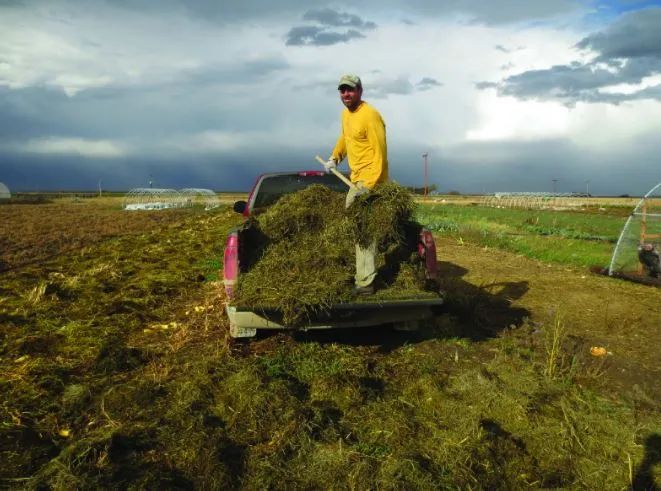
Besides these ancient varieties, the Cowgills grow White Sonoran heritage wheat, which makes exceptionally light and flavorful tortillas, Prairie Farro (also called emmer), and Bronze Barley, along with lentils to round out their current selection. They’re also delving into the realm of corn varieties for popping and baking, as well as einkorn, which is most likely the first grain ever cultivated.
But becoming nationally known farmers in the ancient and heritage grain world wasn’t on Courtney or Jacob’s radar growing up. Jacob was raised in a rural area, but not on a farm. And, Courtney knew better than to even want to leap into agriculture. Being the fourth generation in a family of grain farmers, she was keenly aware of the fickle nature of the business. Her focus was on journalism, co-founding The New West, which focused on Montana relevant topics until she and Jacob decided to focus their attention at dirt level.
“It really got started because when I was in graduate school I took a couple of classes,” says Jacob Cowgill. He says one was a hands-on class at the PEAS Farm in Missoula. The other was on the politics of food where he discovered the intricate relationship of food and society.
“The combination of those two classes put this idea of agriculture in my head,” he says.
Beyond school, he worked for two years with Bob Quinn of Quinn Organic Farm in Big Sandy developing methods of dry land vegetable farming. Quinn is the impetus behind Kamut International, and is acclaimed for his innovative approaches to agriculture.
“I blame Bob for exposing me to the grain side of stuff,” he says. “That opened my eyes to the thousands and thousands of varieties out there. It really opened my eyes to the world of wheat.”
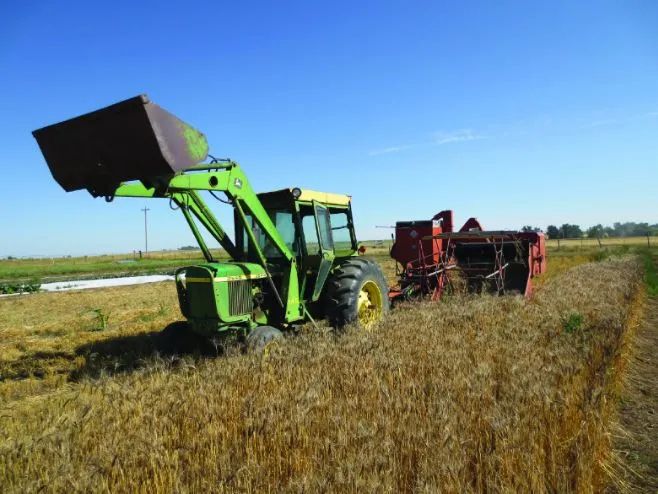
Farming is an evolution, whether it is utilizing cutting edge technology, or revamping your perspective to meet the needs of your customers and balancing that with the realities of the farm. Success depends on recognizing these trends.
The Cowgills started with the grain during their first year of farming in 2009 on leased ground out of Conrad. They also grew vegetables for Community Supported Agriculture (CSA), and early-on, raised heirloom free-range turkeys for truly local Thanksgiving dinners.
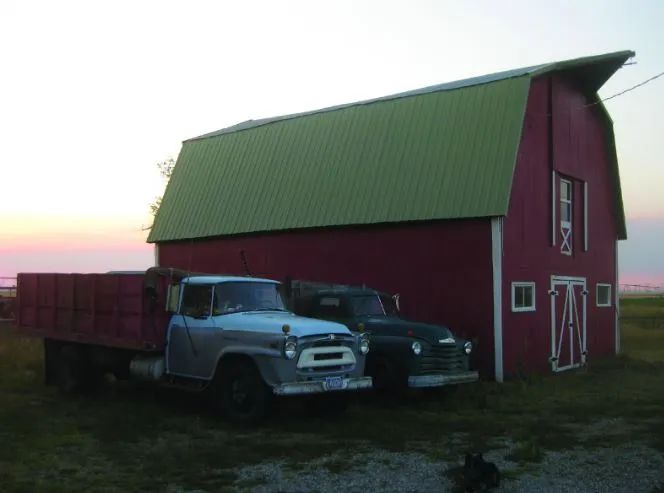
By 2012, they purchased their farm in Power putting down deeper roots and continuing to change the focus of their business. The turkeys no longer greet visitors upon driving up the path to the barn, and Cowgill says they might adjust the type and quantity of vegetables they grow.
“We need to balance the things we do. We’ll try to hone (the vegetable) production to make it more intentional,” he says. “If we don’t have the labor we need, we need to figure out how to make it work.”
Even the grain production and sales have changed over the years.
“Grain marketing is a work in progress,” Cowgill says.
Originally, they offered bulk grain as a type of CSA subscription, but found most customers didn’t want to store 30 pounds or more of grain. Now they provide what they call the “Grainy Day Box” where people can order 2 to 4 pounds of grains shipped every 1, 3, 6 or 12 months. This allows people to try different types of grains in smaller amounts. It’s also a terrific way to share this uniquely Montana crop with friends out of state since it’s shipped via flat rate USPS Priority mail regardless of the destination.
To encourage customers to use these grains beyond typical recipes, the Cowgills include a couple of recipes for the specific varieties along with their newsletter. Once people try the Prairie Farro as a breakfast cereal, or make tortillas with the Sonora heritage wheat, they’ll instantly be hooked.
The newest development on the farm is baking sourdough bread for sale at the Great Falls Farmers’ Market. Truly a farm to table item, the farm-grown grain is ground right before Jacob fashions and bakes the artisan bread. It sells out, even up to 100 loaves, immediately on Saturday mornings.
This is made possible after the passage of the Cottage Kitchen Law passed by the 2015 Legislature, which allows kitchen artisans to offer non-hazardous foods, such as bread, for sale at Farmers’ Markets without having to create the items in a commercial kitchen.
“We’re seeing such encouragement with the bread,” he says. “We’re thinking about it being a bigger part of what we do.”
Cowgill is constantly modifying his recipes, but foresees unique possibilities enhanced by the wide variety of flavors offered by these ancient grains. He is equally excited about developing new varieties of wheats and grains specifically for bread.
“It’s clearly a big task, but it has a lot of possibilities,” he says.
Possibilities are the ongoing inspiration at Prairie Heritage Farm where the Cowgills think well beyond the parameters of traditional agricultural. Whether it’s reaching out to cooks and bakers intrigued in using the grains that have outlasted civilizations in their own efforts, or bringing farm fresh bread to tables throughout Montana, the Cowgills offer the true flavor of the land to everyone.
Olive and Rosemary Sonoran Heritage Wheat Focaccia Bread
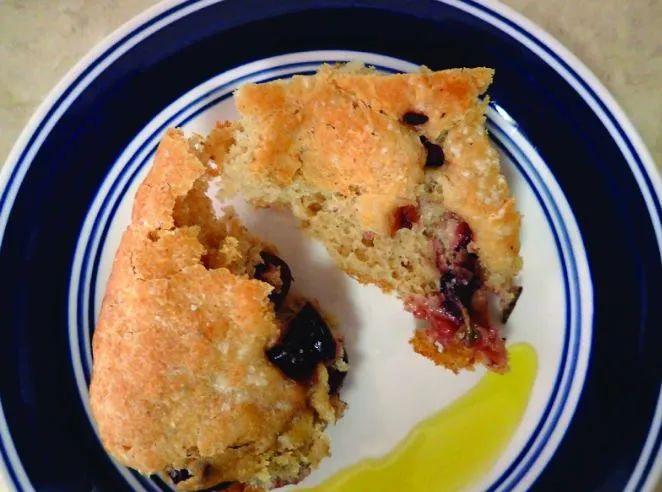
3 1/4 c. warm water
1 T. yeast
1 T. salt
2 T. sugar
2 c. all-purpose flour
5-1/2 c. freshly ground Sonoran wheat flour
1/4 c. olive oil
1/2 c. any type of olive, chopped
1 T. fresh minced rosemary
Course salt
Olive oil
Preheat the oven to 400 degrees F. a half an hour before you are going to bake the bread. Mix the water, yeast, salt, and sugar together in a large bowl. Add both types of flour and mix. Add olive oil and mix well. Cover with a towel and allow to rise in a warm place for 2 hours. You can use it immediately or keep in the fridge for over a week. To make the focaccia, take out a baseball sized hunk of dough and place in 9x9 oiled baking dish. Add the chopped olives and rosemary and knead into the dough. Stretch and spread the dough to fit the baking pan. Cover with plastic wrap and allow to rise for an hour. Make dimples in the dough, then drizzle over olive oil and sprinkle course salt on top. Bake at 400 degrees F. for 30-40 minutes.
